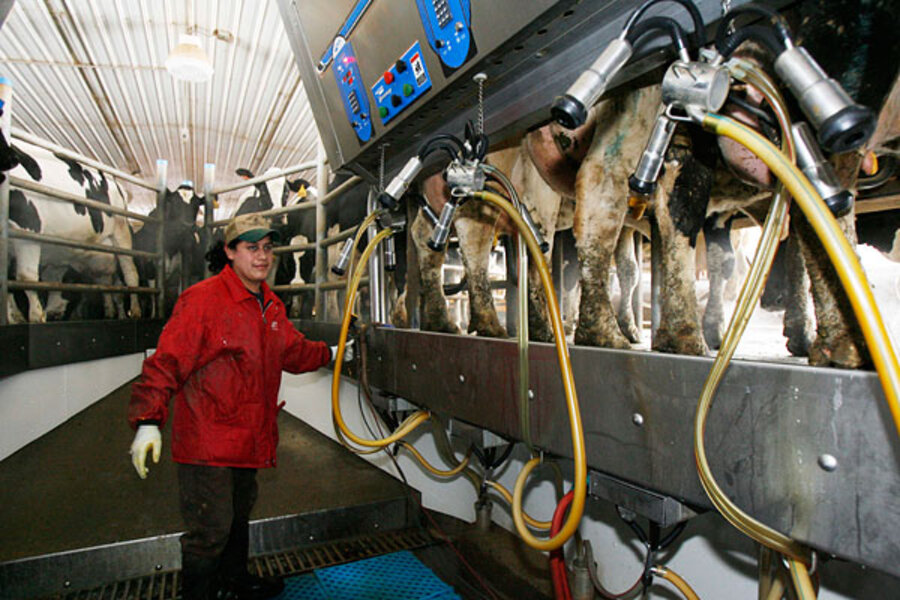The senate’s immigration reformers would completely revamp temporary worker programs.
It would increase the number of high-skilled visas from 65,000 to 110,000. From there, the number would fluctuate based on need, with a ceiling of 180,000. The new law would require higher wages than the current law, and the jobs would need to be posted a central jobs bank hosted by the Department of Labor so Americans could find and apply for the positions, too.
It would create a new low-skilled worker program called the W visa, beginning in 2015. An initial pool of 20,000 temporary workers would grow to as many as 75,000 over four years. At that point, a new bureau responsible for studying labor conditions would decide how many visas would be available.
And it would scrap the current agricultural worker program (H2-A visas) for a pair of new visa offers. Agricultural workers, like DREAMers, would have an opportunity for an expedited path to citizenship under certain conditions.
The bill, however, emphasizes the need to shift immigration resources toward immigrants with advanced degrees and those with master’s degree or better in STEM (science, technology, engineering and math) from US universities who met certain specifications. It specifies that 40 percent of all employment-based visas be given to those two groups.
Beyond employment-based visas, the bill would create an entirely new category of "merit based" visas that would take into account education, employment, and length of residence in the US, among other considerations. These would come into effect five years after the bill's enactment and begin at 120,000 visas, though that could rise to a maximum of 250,000. It is this category that those who are in the country illegally now would be funneled into after a decade as RPIs.






